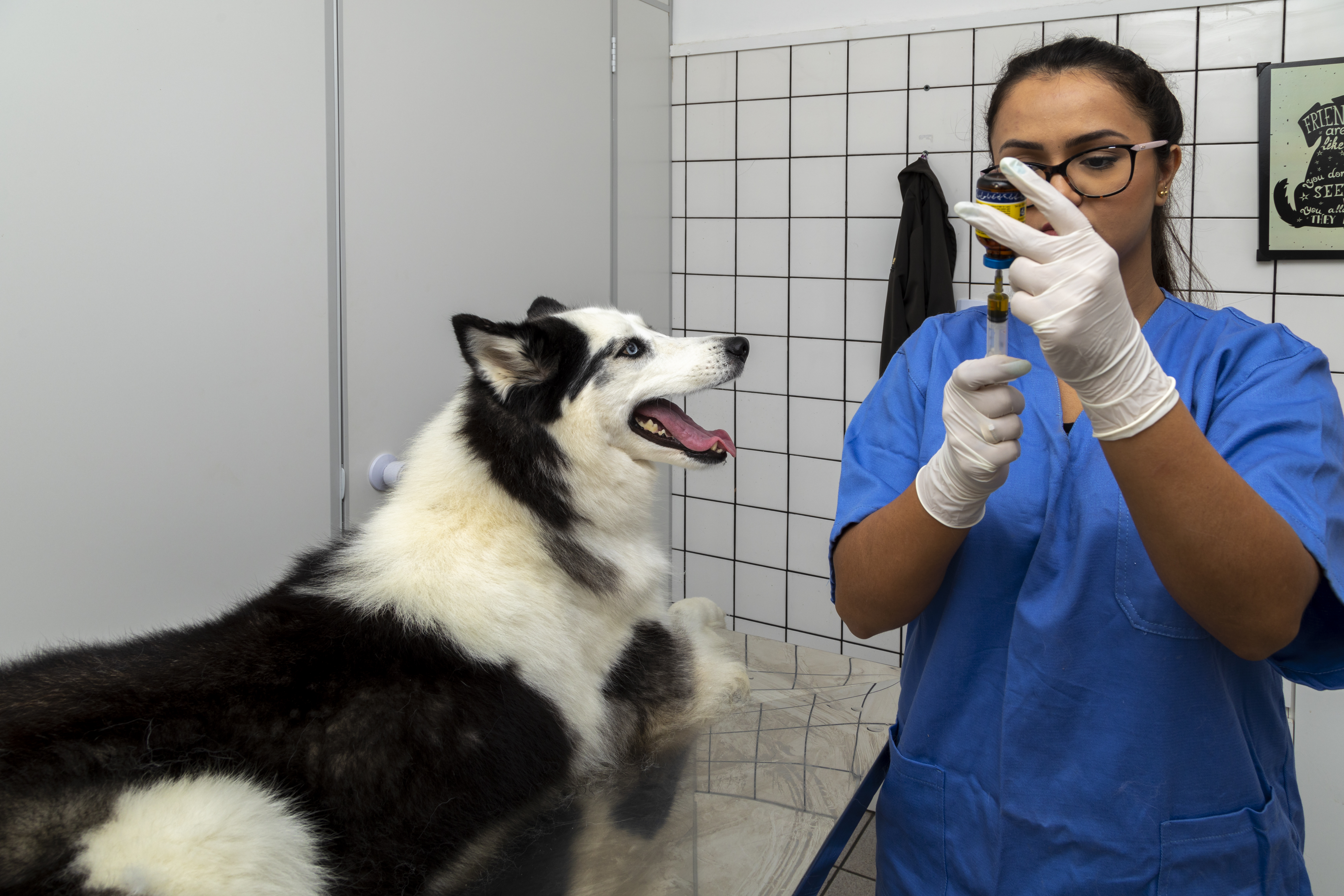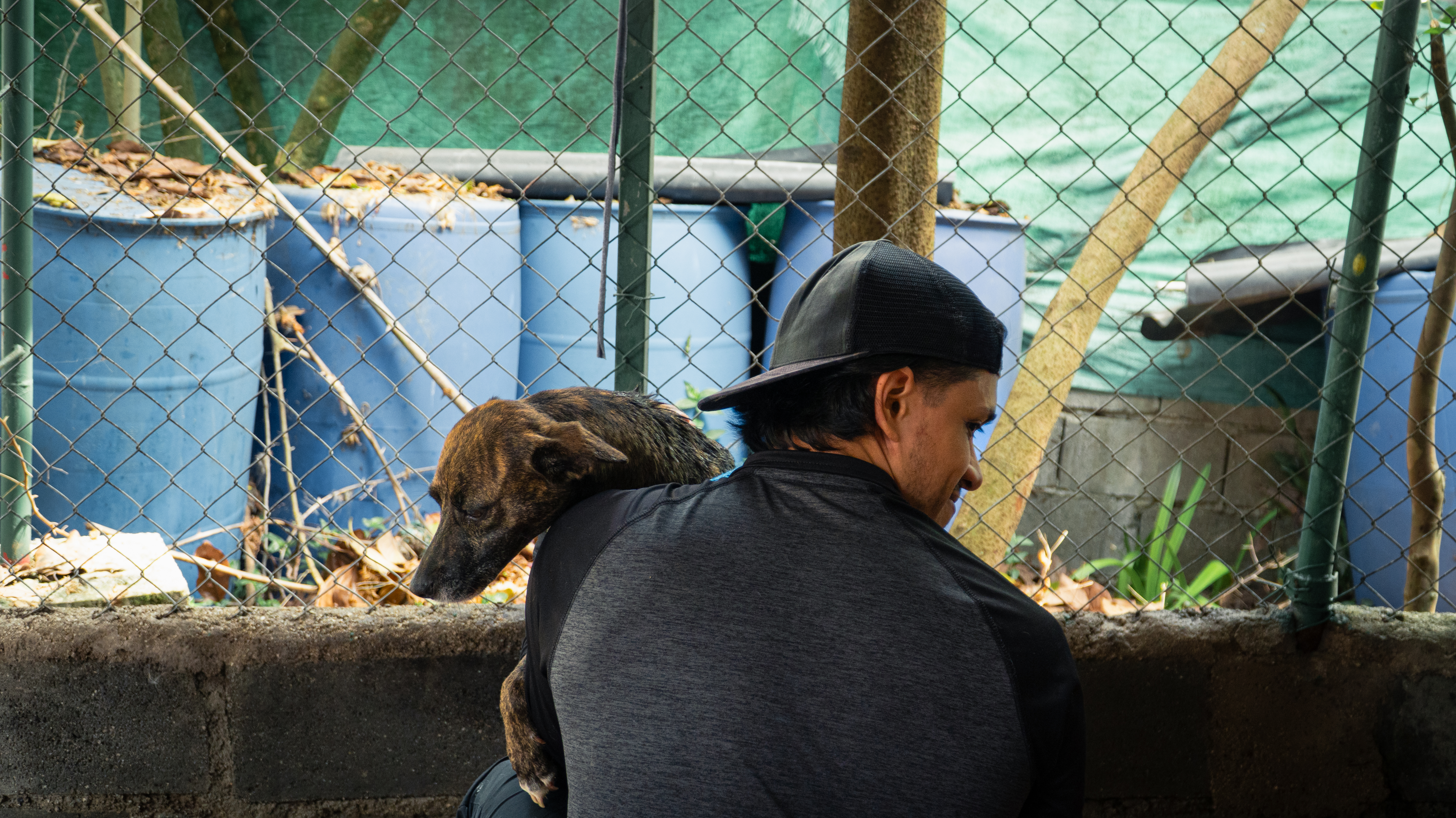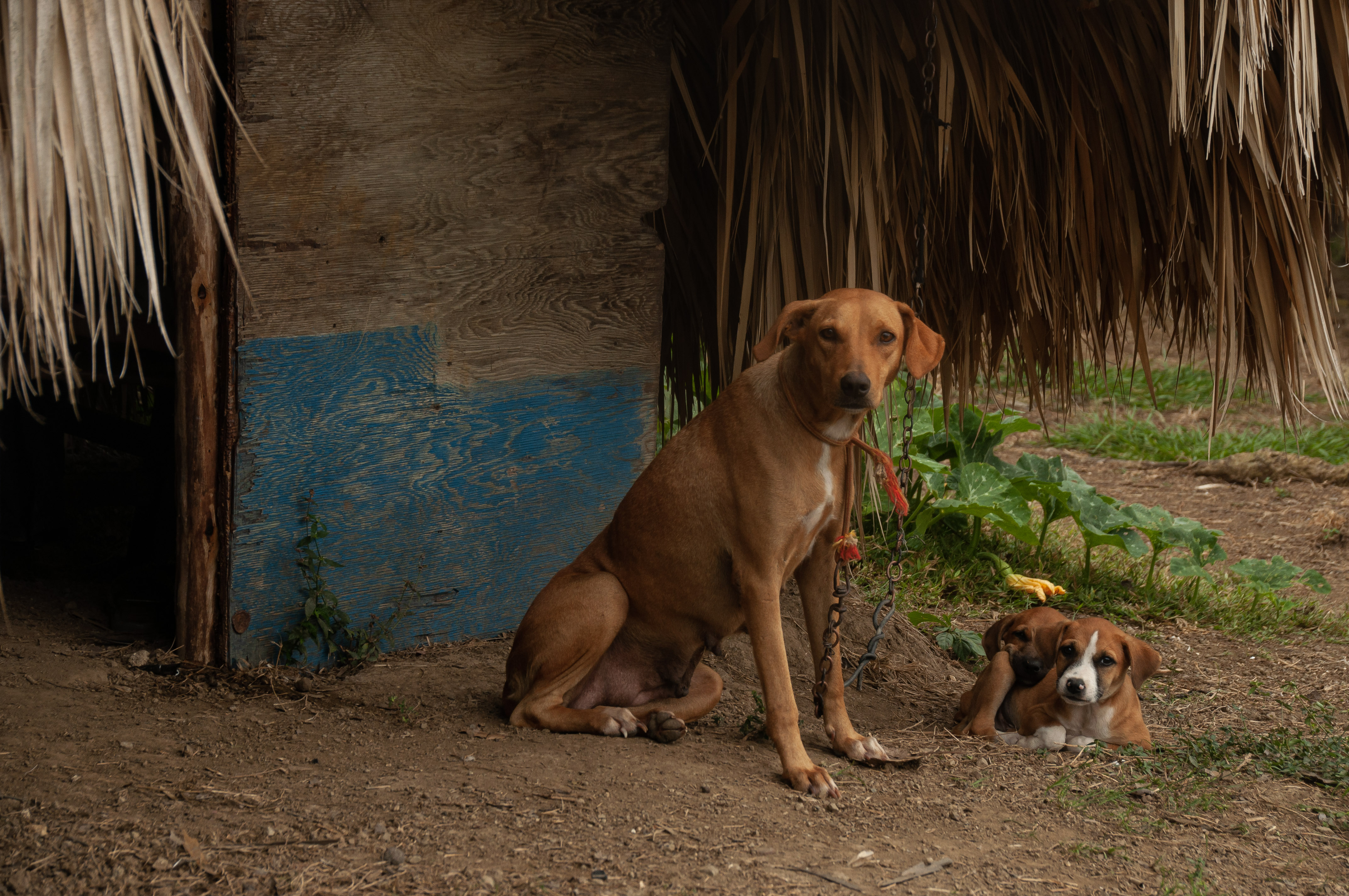Rabies is one of the oldest and most feared zoonoses, with a fatality rate of nearly 100% once symptoms appear. However, it is entirely preventable through animal vaccination and timely care for exposed individuals. In the Americas, the impact of rabies goes beyond public health: it also has social and economic repercussions, affecting the most vulnerable communities and putting livelihoods at risk.
In the context of World Rabies Day 2025, we spoke with Dr. Juan Antonio Montaño Hirose, expert at the Reference Laboratory for Rabies of the World Organisation for Animal Health (WOAH), who shares his vision on regional progress, challenges, and priorities for achieving the global goal of zero human deaths from dog-mediated rabies.
The date of World Rabies Day was chosen to commemorate the death of French scientist Louis Pasteur in 1895, a pioneer in the development of the rabies vaccine.
Rabies remains a priority in the region because, although it is a preventable disease and we have effective vaccines and advanced scientific tools, the main challenges are not technological, but social and cultural. Responsible animal ownership, access to vaccination campaigns, and the adoption of preventive measures depend largely on human behaviour and local realities.
Therefore, the approach must be comprehensive: combining science with education strategies, community awareness, and public policies that are adapted to each context. The response cannot rely solely on science: it requires the coordinated participation of different health professionals—doctors, veterinarians, nurses, psychologists, social workers, and local authorities—to advance education, prevention, and sustainable control of the disease.
In the Americas, the rabies situation has improved significantly in recent decades, especially rabies transmitted by dogs, thanks to mass canine vaccination campaigns and regional cooperation. Mexico, for example, was declared free of dog-transmitted rabies in humans in 2019, and other countries continue to make progress toward this same goal.
Today, human cases are very rare and are mostly due to wild variants of the virus, mainly transmitted by bats and, in some cases, by skunks or other animals. However, this reminds us that rabies remains a priority, as it affects not only public health but also domestic animals, such as dogs and cats, which can act as a bridge between wildlife and people.
The great advance is that canine rabies is practically under control in the region, but the challenge now lies in wild rabies and in maintaining public awareness so that we do not let our guard down in terms of vaccinating pets and community education.
In the Americas, there has been a 98% reduction in cases of human rabies transmitted by dogs, from 300 cases in 1983 to only 10 cases reported in 2025 (as of September), according to the Pan American Health Organization.
The main challenge in eliminating human deaths from dog-transmitted rabies in the region is not so much the lack of regulations, which generally exist and are adequate, but the difficulty of ensuring compliance in practice. Beyond the technical aspects, cultural and behavioural challenges remain in relation to the responsible management of companion animals: regular vaccination, control of the dog population, and prevention of stray dogs.
Overcoming these challenges requires a comprehensive approach that combines science, public policy, and, above all, community education and awareness, promoting a culture of responsible pet ownership that reinforces the achievements made.
To interrupt the circulation of the virus among susceptible hosts and prevent cases of human rabies transmitted by dogs, it is recommended to maintain 80% vaccination coverage of the canine population.
WOAH Reference Laboratory plays a key role in the fight against rabies by strengthening diagnostic capacities in countries. It does this by training professionals, organising proficiency testing and providing quality reference materials. These actions enable national laboratories to evaluate and improve their diagnostic techniques, ensuring reliable results that are essential for disease surveillance and control.
The key message is that we must not lower our guard. Thanks to mass vaccination of dogs and constant surveillance, the region has made great strides in eliminating canine rabies, but the virus is still present and still poses a risk.
The call to authorities is to maintain political and budgetary commitment to sustain vaccination and surveillance campaigns. Health professionals should remember that not only dogs, but also bats and other animals, can transmit rabies, so ongoing training is essential.
And for the general population, the message is clear: vaccinate your companion animals and, in case of exposure, go to official health services, where teams are up to date and prepared to provide appropriate care. Only with everyone’s joint effort can we achieve the goal of zero human deaths from rabies.
For more information:



